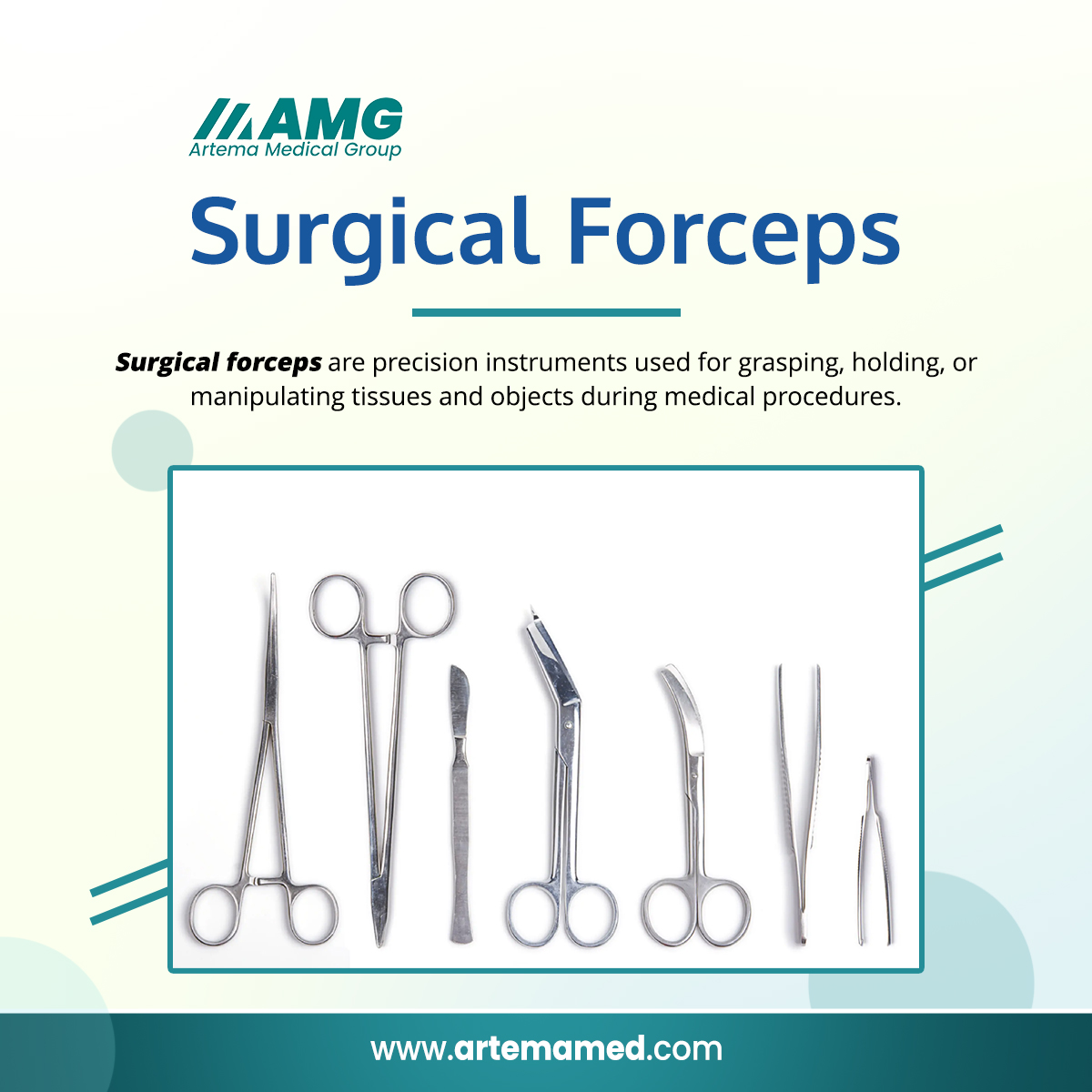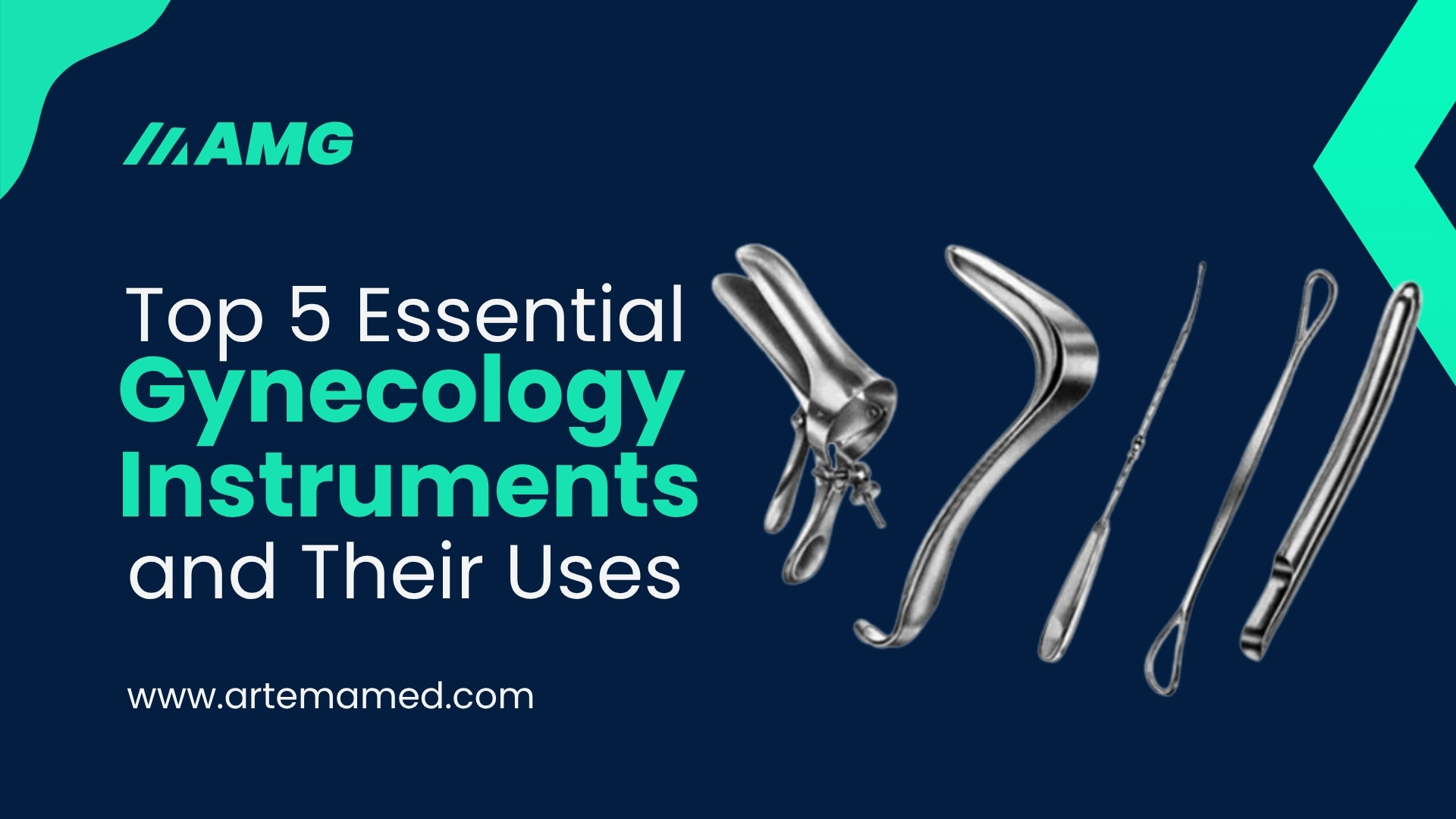Understanding Surgical Forceps: Types, Uses, and Importance in Medical Procedures

Strong 8k brings an ultra-HD IPTV experience to your living room and your pocket.
Surgical forceps are one of the most essential tools in the medical field. These instruments are designed to grasp, hold, and manipulate tissues or other materials during surgical procedures. They play a crucial role in ensuring precision and control for surgeons, allowing them to perform complex procedures with ease. Whether used in general surgery, ophthalmology, or delicate microsurgeries, these tools are indispensable in the operating room.
The Role of Surgical Forceps in Medicine
Forceps are widely used in different medical procedures, ranging from minor interventions to major surgeries. They help in holding tissues firmly, removing foreign objects, and assisting in suturing wounds. Their importance cannot be overstated, as they contribute to reducing risks, preventing tissue damage, and improving overall surgical outcomes.
These instruments are designed with different shapes and sizes to cater to various surgical needs. Some forceps are straight, while others are curved to provide better accessibility to deep or hard-to-reach areas. Their tips can be smooth or serrated, depending on the specific task they are meant to perform.
Types of Surgical Forceps
There are several types of surgical forceps, each serving a unique purpose. Some forceps are specifically designed for delicate procedures, while others are made for handling tougher tissues. The choice of forceps depends on the type of surgery and the requirements of the medical professional.
One of the most commonly used forceps is the tissue forceps, which is designed to grasp tissues securely without causing significant damage. These forceps typically have a serrated tip, providing a firm grip on delicate structures. Hemostatic forceps, on the other hand, are used to control bleeding during surgery. They help in clamping blood vessels and preventing excessive blood loss, making them vital in most surgical procedures.
Dressing forceps are used to handle dressings and remove debris from wounds. They are essential in wound care management and ensure that dressings are applied or removed without contaminating the area. Another important type is the dissecting forceps, which aids in holding tissues apart during dissections. These forceps improve visibility and allow surgeons to perform intricate surgical maneuvers with precision.
Bishop-Harmon Forceps and Their Importance
Among the various types of forceps, the Bishop-Harmon forceps hold special significance in ophthalmic surgeries. These fine-tipped forceps are designed for delicate procedures involving the eyes. They are commonly used in microsurgeries, where precision is paramount. The tips of these forceps can be either smooth or serrated, depending on the surgeon's preference and the specific requirements of the surgery.
Bishop-Harmon forceps are particularly valuable in handling fine tissues in the eye, such as during cataract surgeries or corneal transplants. Their lightweight design and ergonomic grip make them easy to handle, reducing hand fatigue during long procedures. Because of their specialized nature, these forceps are a staple in ophthalmic surgical kits and are widely recognized for their reliability and effectiveness.
The Design and Material of Surgical Forceps
Surgical forceps are crafted from high-quality materials to ensure durability and sterility. Stainless steel is the most commonly used material because of its resistance to rust and corrosion. Some forceps are also coated with special alloys to enhance their strength and longevity.
The design of forceps varies based on their intended use. Some forceps have a locking mechanism, allowing them to hold tissues without requiring constant pressure from the surgeon. Others have spring-action handles, which make them easier to manipulate in delicate procedures. The choice of forceps depends on the level of control required and the specific surgical application.
Importance of Sterilization and Maintenance
Like all surgical instruments, forceps must be properly sterilized to prevent infections. Sterilization methods such as autoclaving, chemical disinfection, and ultrasonic cleaning are commonly used to ensure that the instruments remain free from harmful microorganisms. Regular maintenance is also crucial to keep the forceps in optimal condition. This includes checking for signs of wear, ensuring that the tips are properly aligned, and lubricating any moving parts if necessary.
Proper storage is another important aspect of maintaining surgical forceps. They should be kept in sterile environments to prevent contamination. Many hospitals and surgical centers use specialized trays or pouches to store forceps securely. Following strict sterilization and maintenance protocols not only extends the lifespan of the instruments but also ensures patient safety during medical procedures.
The Evolution of Surgical Forceps
Over the years, surgical forceps have evolved significantly to meet the increasing demands of modern medicine. Advancements in technology have led to the development of more precise and ergonomic designs. Today, forceps are made with improved materials that enhance their performance and longevity.
The introduction of disposable forceps has also been a significant advancement in the medical field. These single-use instruments reduce the risk of cross-contamination and provide a cost-effective alternative for certain procedures. While reusable forceps remain the standard in many surgical settings, disposable options offer convenience and safety in specific medical applications.
The Future of Surgical Forceps
As medical technology continues to advance, the design and functionality of surgical forceps are expected to improve further. Researchers are constantly working on developing forceps with enhanced precision, better grip, and improved ergonomics. Innovations such as robotic-assisted surgery have already started to change the way forceps are used in modern medicine. These advancements will continue to shape the future of surgical procedures, making them safer and more efficient.
Surgical forceps remain an essential component of medical procedures, playing a vital role in ensuring precision and patient safety. Whether in general surgery, ophthalmology, or other specialized fields, these instruments are indispensable to medical professionals worldwide. With ongoing advancements in design and materials, the future of forceps looks promising, contributing to improved surgical outcomes and enhanced patient care.
More info: Artema Medical
Note: IndiBlogHub features both user-submitted and editorial content. We do not verify third-party contributions. Read our Disclaimer and Privacy Policyfor details.







